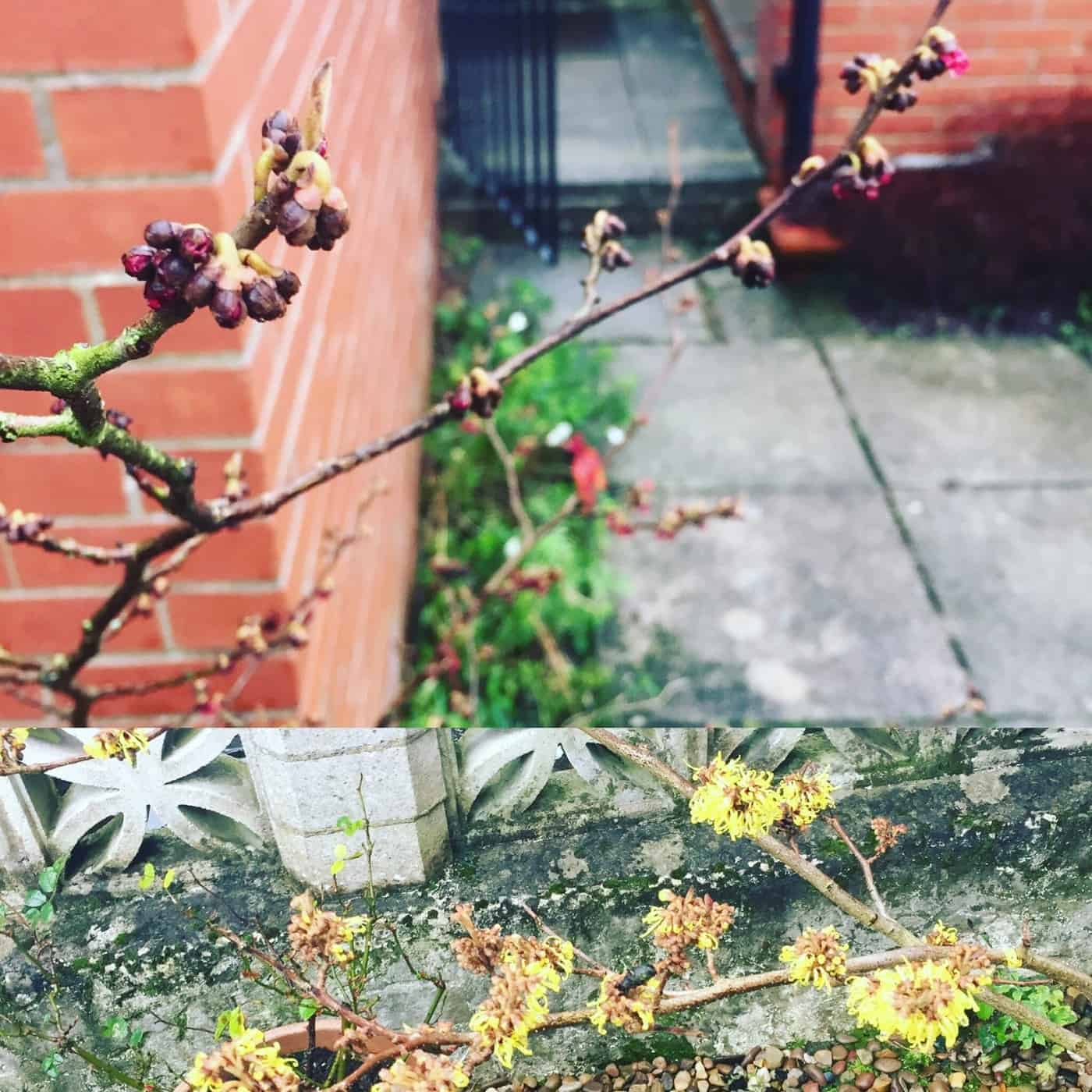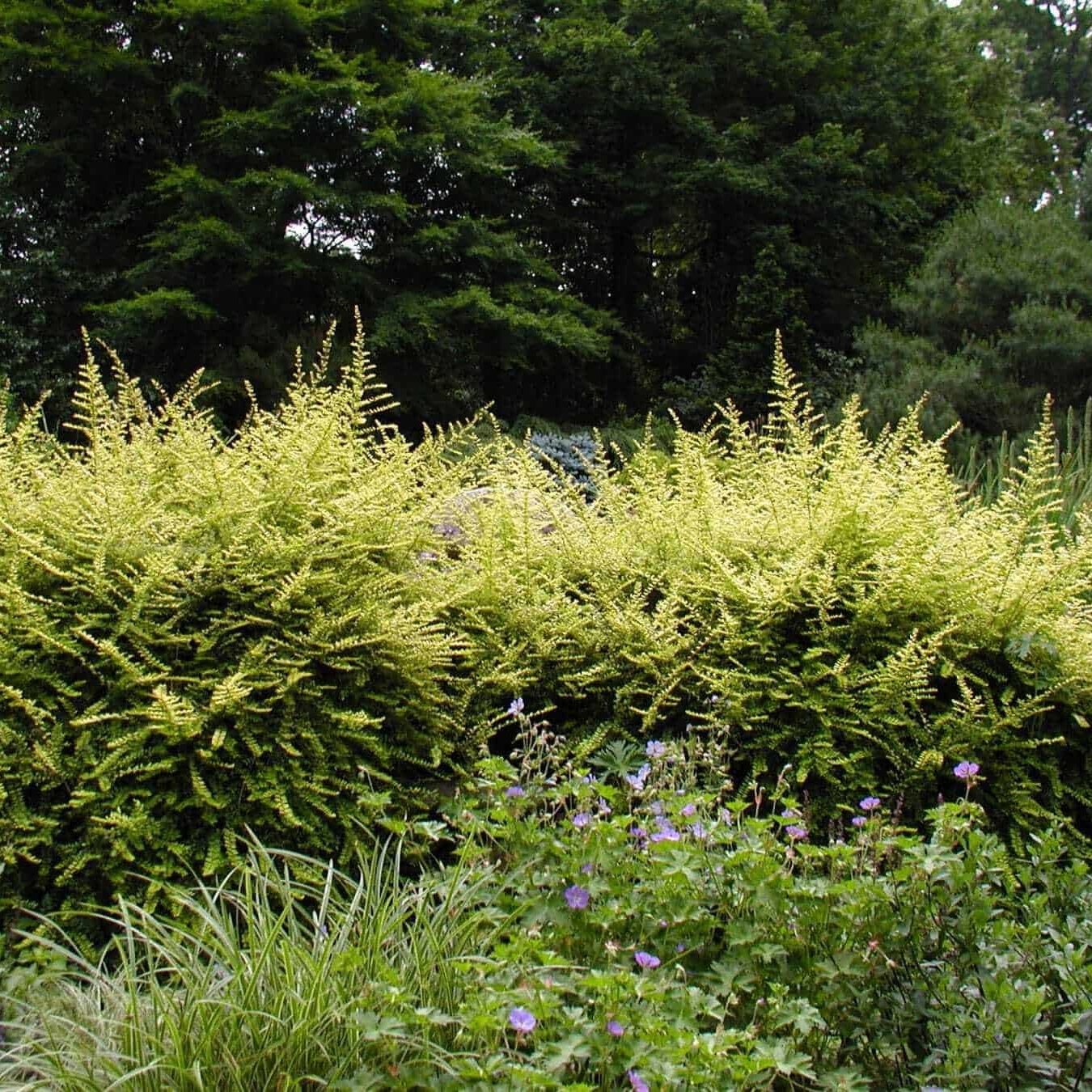Time for pruning group 7 from the Royal Horticultural Society. This group involves hard pruning shrubs and trees in one of two processes: pollarding or coppicing.
When?
The safest time to perform this pruning is in February and March. At this stage the plant’s energy is within the roots rather than the leaves and stems, so pruning them off won’t cause it to weaken and potentially die.
Many people now prune those plants with colourful stems as late as mid-April, in order to enjoy the colour for longer.
How?
Important to note first of all is that newly planted shrubs and trees should be left to establish for 1-2 years.
After this, you can either:
- Pollard by cutting back all growth to 60-90cm from ground level
- or Coppice by pruning back to 5-7.5cm above soil surface
Pinch out any sideshoots to encourage further branching, and apply a balanced general purpose fertiliser around the plants as directed. Do this each spring to bolster the fresh growth. Be sure to water well in dry summers, or else the new stems will suffer and be less dramatic.
After the first hard pruning, you can cut back to previous stubs either annually or every few years.
Why?
There are two reasons why we hard prune trees and shrubs that fall into group 7:
- Vibrant new stems – these lose their colour as they age, so if left unpruned, these shrubs lose much of their charm
- Larger leaves – older stems give smaller, less interestering foliage
Remember to prune in late winter/early spring, or you risk losing your plants altogether!
Prime examples
- Cercis – for its leaves
- Cornus sanguinea and C. alba – for colourful stems – prune every 2-3 years
- Cotinus – for its leaves
- Eucalyptus – for its leaves, much prized by florists and flower arrangers – not all varieties respond as well to hard pruning
- Rubus cockburnianus (ornamental bramble) – for its white stems – cut right back to ground level every year
- Salix (willow) – for its stems – prune annually
- Sambucus (elder) – for its leaves
Kevin Gelder
Kevin joined Bestall & Co in late 2017 and brought a range of skills with him from a varied background. He gained a degree in French and Italian from Lancaster University in 2009 before successfully completing a PGCE at the University of Sheffield in 2011. He built on his communication skills through secondary language teaching, before working in healthcare administration.
Ultimately though it was his passion for plants and gardening which brought him to Bestall & Co as a member of the planting team, and although he's now moved back to an office based role, the articles he wrote whilst he was still with us live on.



